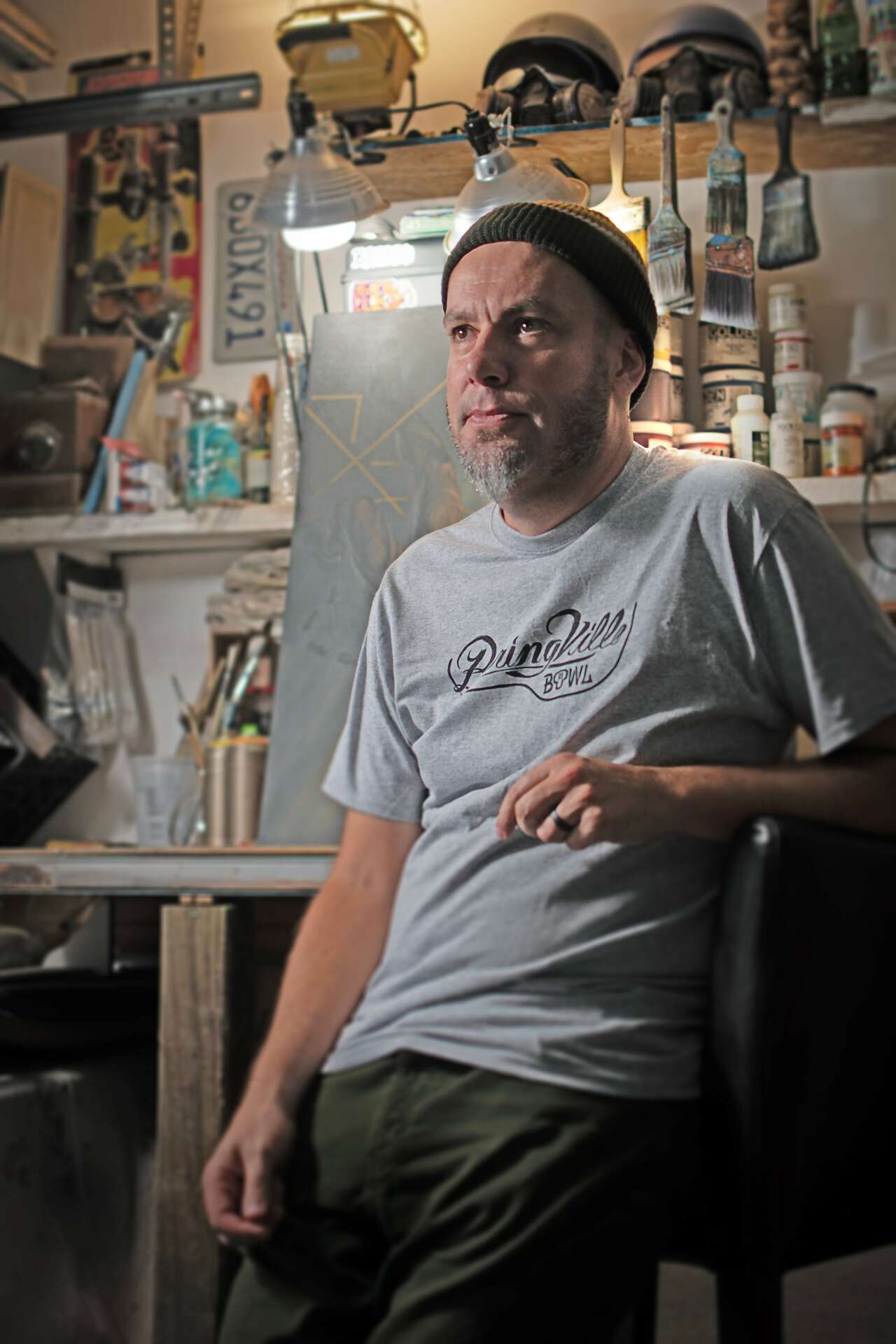We’re excited to introduce you to the always interesting and insightful Karl Zurflüh. We hope you’ll enjoy our conversation with Karl below.
Hi Karl, thanks for joining us today. When did you first know you wanted to pursue a creative/artistic path professionally?
Art has always been a way to fully express my emotions, because of this, it makes me feel whole. Whether it is a commercial job or a personal narrative, creativity gives me the opportunity to explore all points of view and look for the core human experience that best goes with the project. I grew up in a household where it was not always possible to display how I felt. My elders did not talk about feelings and being male I was only allowed to express anger. My sketchbook and paintings became the only place I could let loose the full spectrum of expression. In a way my youth trained me to study body language, facial expressions and all types of nonverbal communications, all of which helps an artist express a story.
My first experience with capturing an emotion through art was in first grade, when during Halloween we got to make masks. My understanding was that it was ok to make something scary, so I chose the devil, a universal villain. We made our masks out of paper mâché, large enough to fit ourselves. After the base head was done, I didn’t think it was scary enough, so I sculpted an axe protruding from its head. I was happy with the results. When Parents’ Day came my mother was most upset by my mask. I am sure next to, some of the other cute offerings, it was a bit of a shock. I will never forget how moved she was and how something I made could garner such a reaction. This made me proud of my work! Throughout the rest of my schooling, I would go on to create countless works expressing everything I felt. When my peers started commissioning me in Jr High to make them stuff, then I knew I was on the right track. From then on it was not a matter of if I was going to be a professional artist, it was about how to make it work.
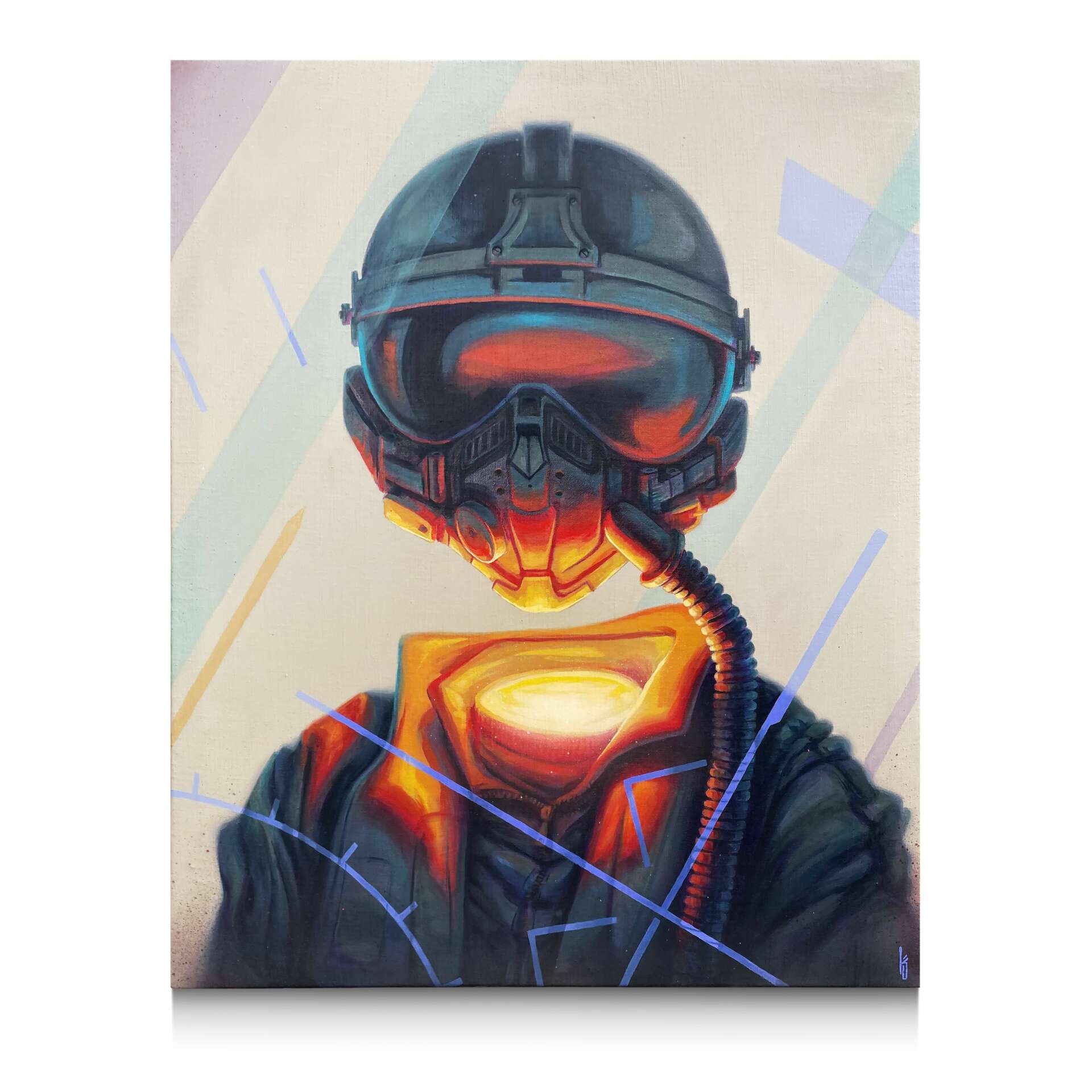
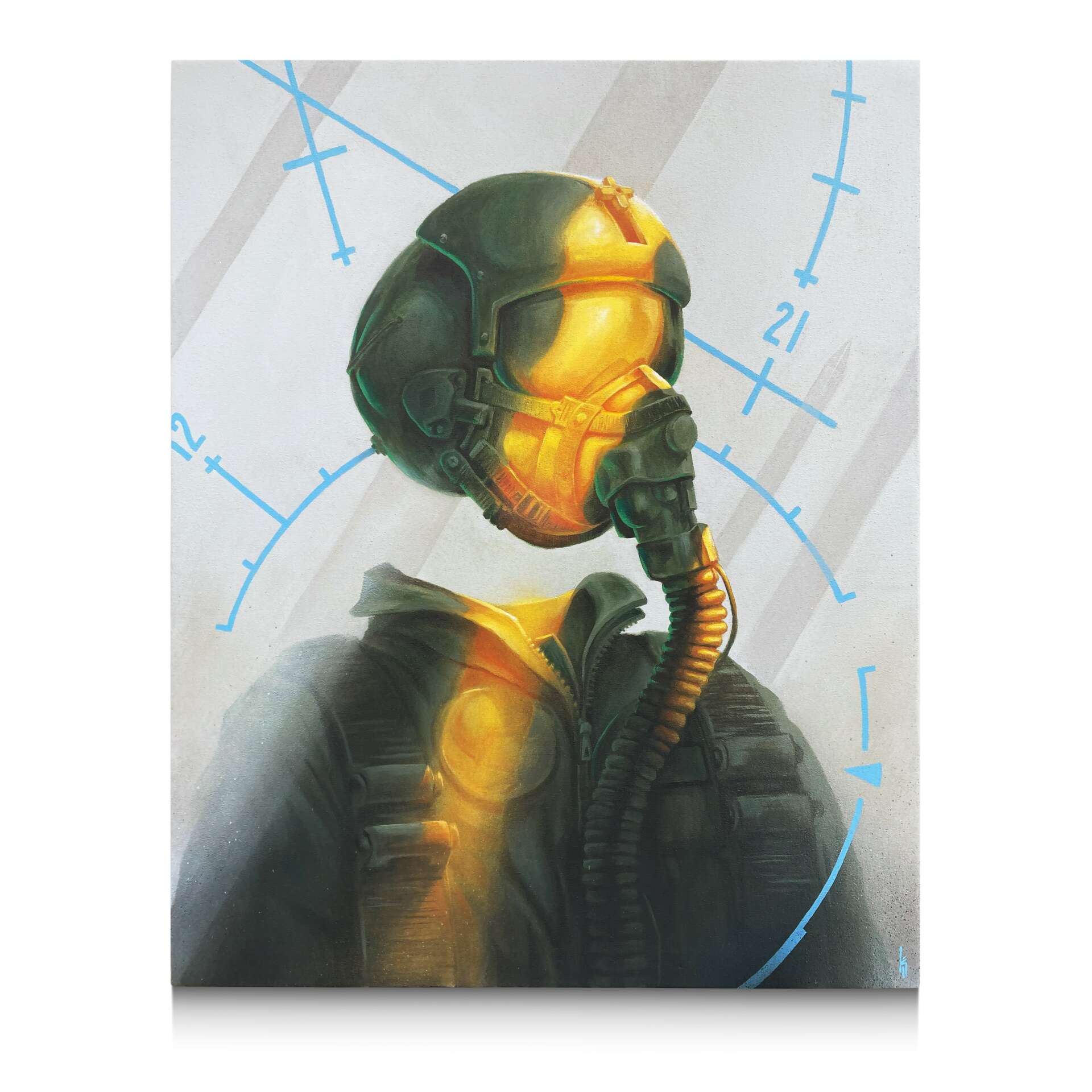
Karl, before we move on to more of these sorts of questions, can you take some time to bring our readers up to speed on you and what you do?
I grew up in Tacoma WA, in a family that were either military or teachers. Being a professional artist was not something that was understood by them. I remember my 2nd grade teacher sharing Salvador Dali’s paintings with us and talking about his life as an artist. I knew then I wanted to be a painter, but everything around me screamed I could not make a living do that. So, I pursued the only commercial art job I knew of at the time, animation. I went to Cornish college of the arts in Seattle for a couple of years, then transferred to Ringling School of Art and Design and got my BFA in Illustration. From there I moved to NYC to get my MFA in computer animation from the School of Visual arts. While there, I worked for Nickelodeon and realized animation wasn’t for me. 9/11 happened and the show I was working on got canceled and we were all laid off. That is when I discovered advertising and how its core skill set matched my graffiti roots. I am good at it. From there I moved to LA and got a job doing video game advertising which combined two of my passions, art & games. I moved to Charleston in 2014 to start a family and it was then I was able to focus on my fine art career. Now I am focusing on my current body of work Light Pilots which addresses ancestral wounds and mental healing. Having this honest, open discussion about my past allows my community to not only witness my growth but the paintings communicate how one can grow out of grief. I am finally able to express me.


We’d love to hear a story of resilience from your journey.
Coming out of my undergraduate I was trained as a traditional illustrator and the whole landscape of the commercial art world was shifting with desktop publishing. I had one semester of computer illustration. There were no full-time jobs for illustrators especially with no computer skills. The only full-time jobs available were for graphic designers. I had no official graphic design classes under my belt, but those are the jobs I went after. I put together a new portfolio and hit the streets. Six months later I landed my fist graphic design job and continued to train myself at work. I could have stayed there but I knew I needed more training, so I gambled on myself and went back to school. I quit my job and moved to NYC with no place to live, no job prospects and only $2000 in my bank account. It was tough, I did every commercial art job I could get hired for, before finally getting on my feet. I think I needed to do that to figure out what jobs I didn’t want to do. It was one of the best life changing decisions I ever made.
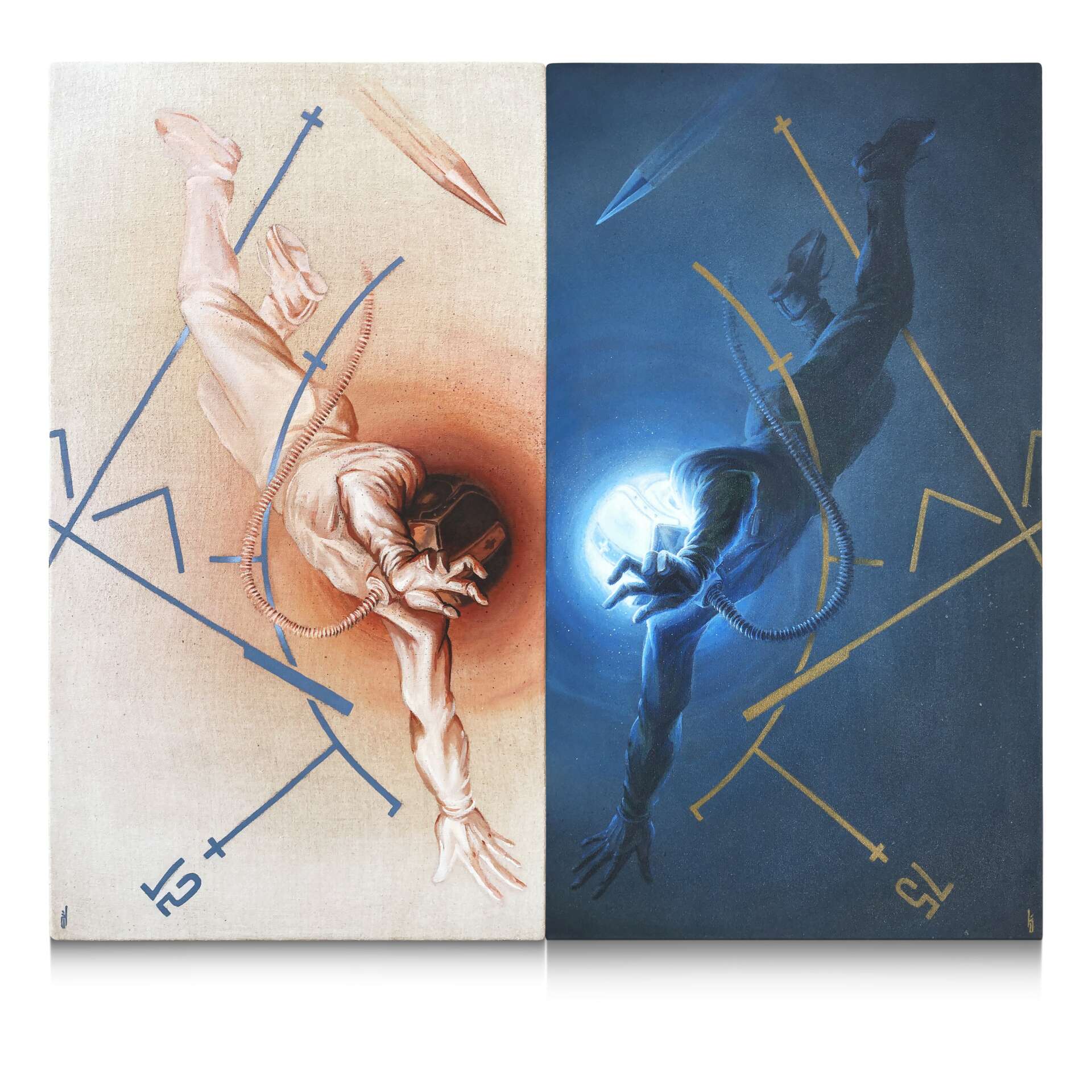

Looking back, are there any resources you wish you knew about earlier in your creative journey?
I wish I had a mentor in the art world to talk to, someone that had been through it and that was willing to help answer questions. That kind of wisdom is priceless. Because of this, I go out of my way to talk to younger artists. I am happy to share my experiences to help them grow. Hopefully my insights help them see the art world in a different way, that it is manageable and attainable. There was a lot of years I wasted bouncing around, putting energy into dead ends, while not thinking what I truly wanted was possible. My journey may have been a bit winding, but those learning experiences where exactly what I needed. The important part is to share our knowledge to streamline the process for those who are coming up.
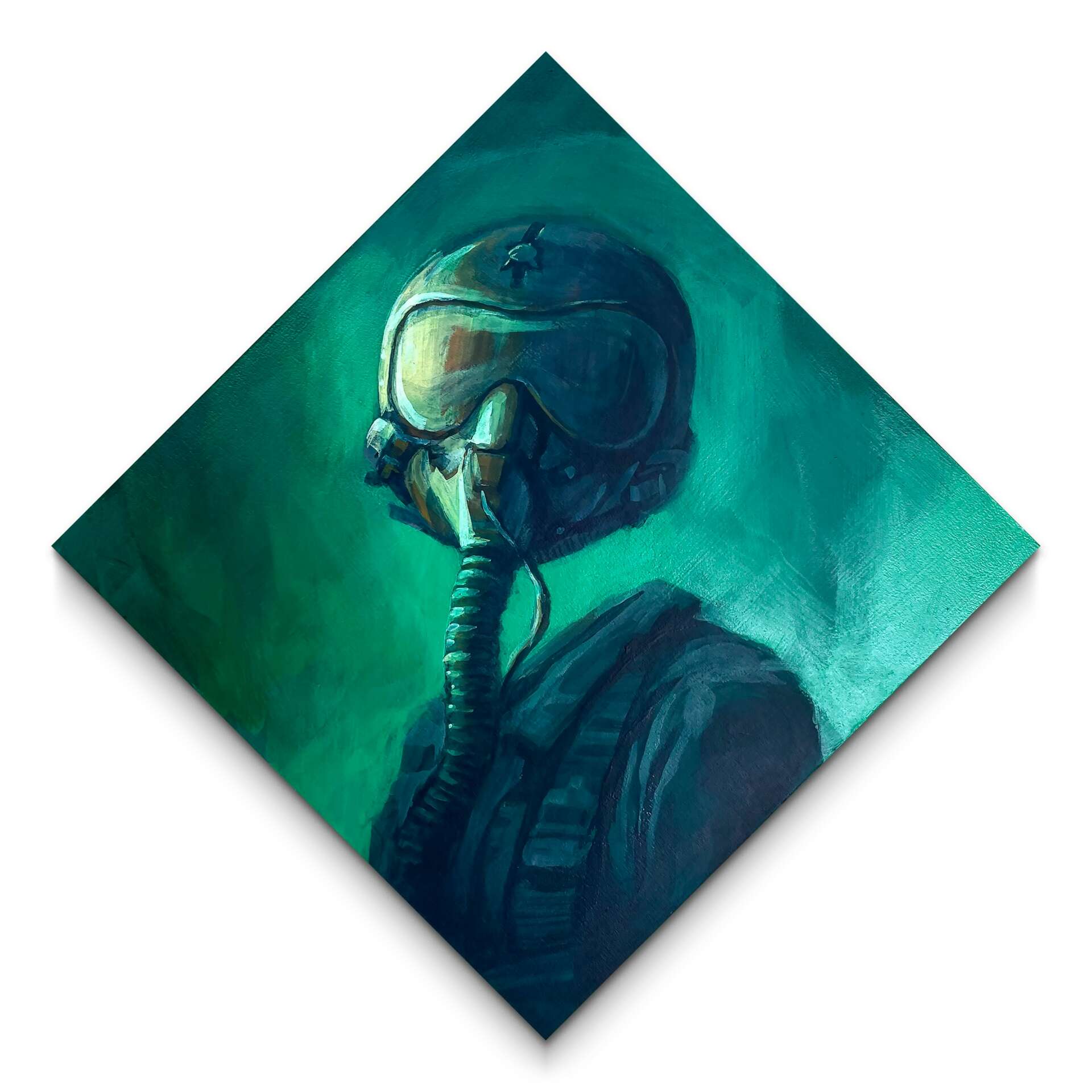
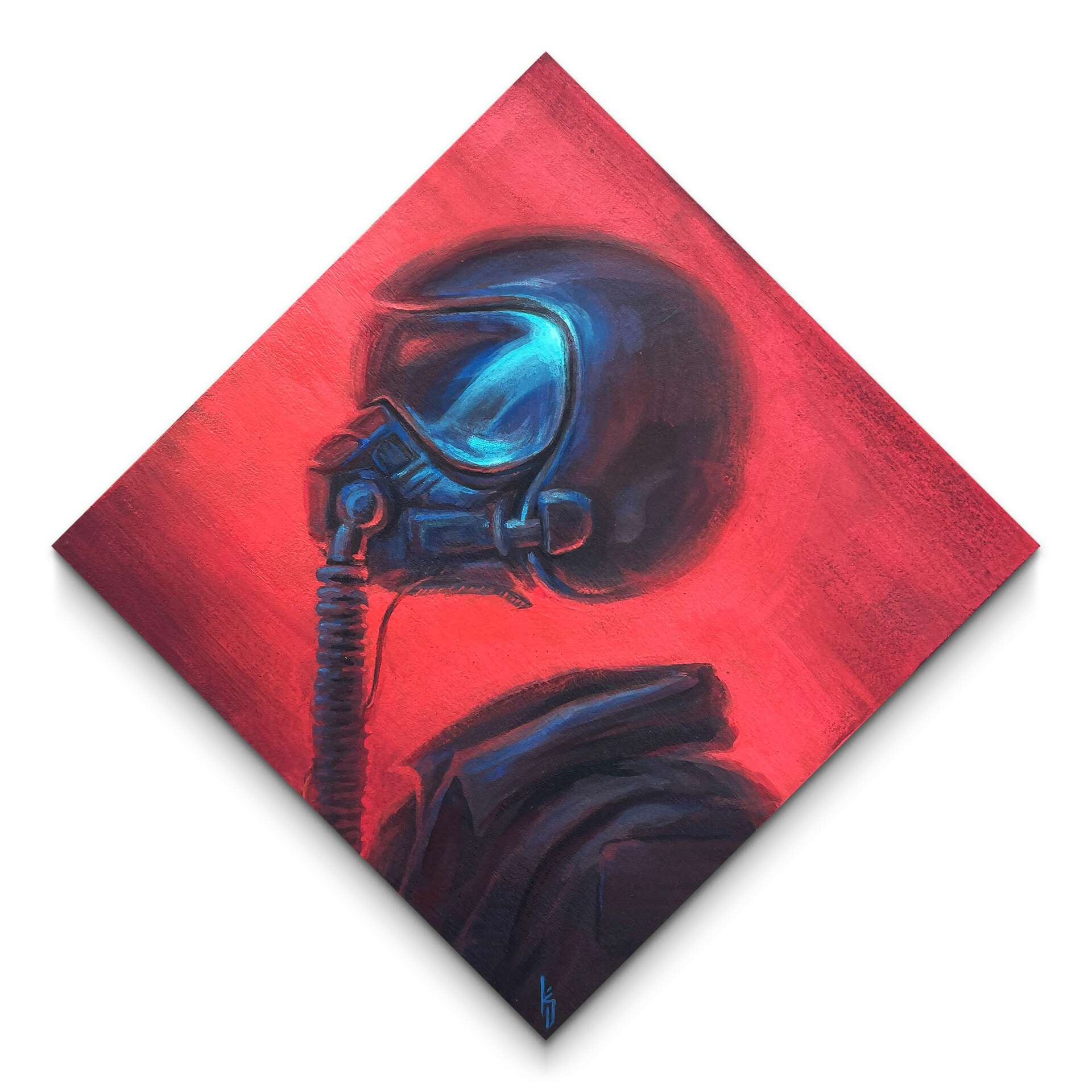
Contact Info:
- Website: karlzurfluh.com
- Instagram: https://www.instagram.com/karlzurfluh/
- Facebook: https://www.facebook.com/kzurfluh/
- Linkedin: https://www.linkedin.com/in/karl-zurfl%C3%BCh-5550a717/
Image Credits
Portrait image: Steve Aycock


